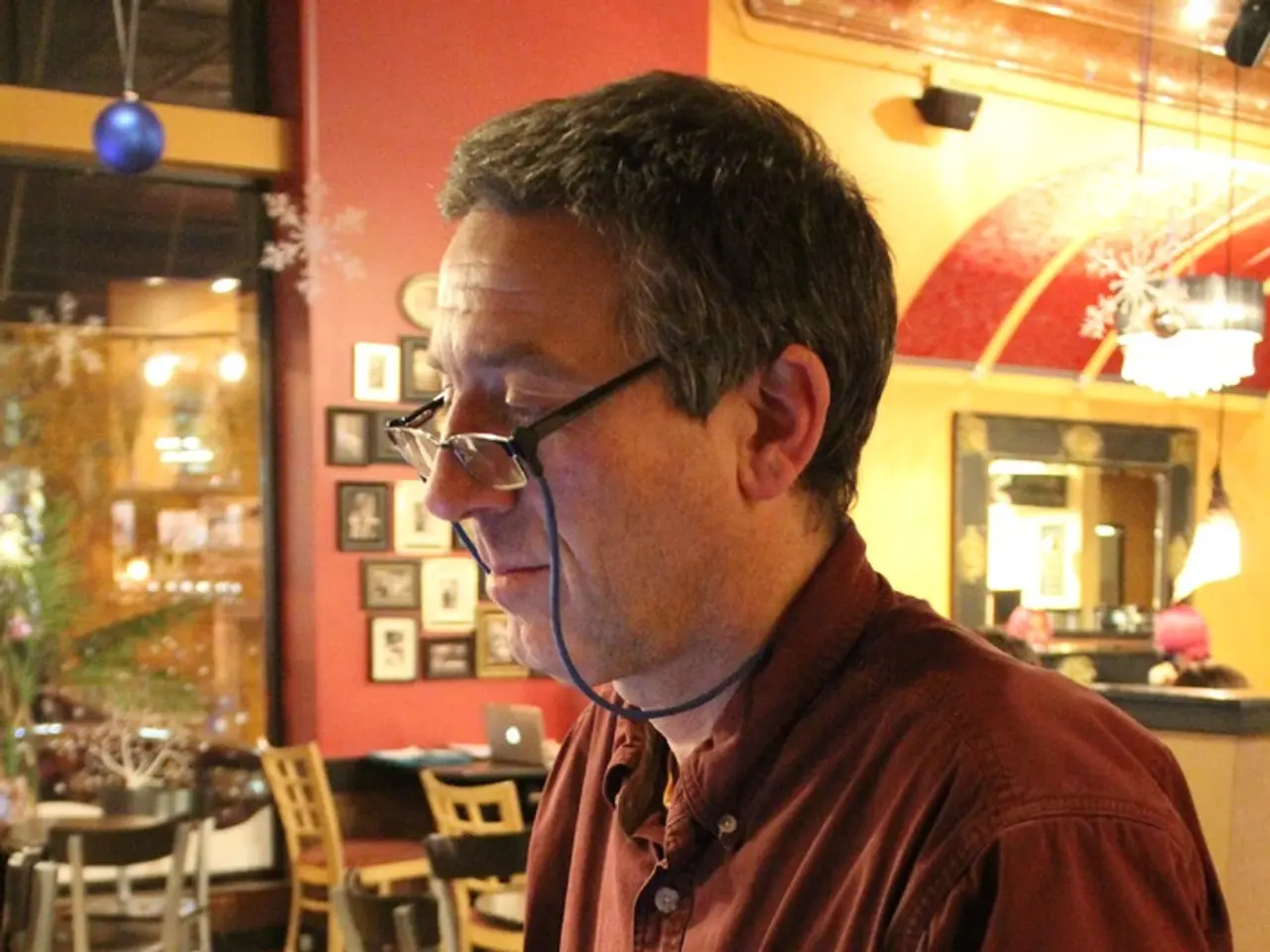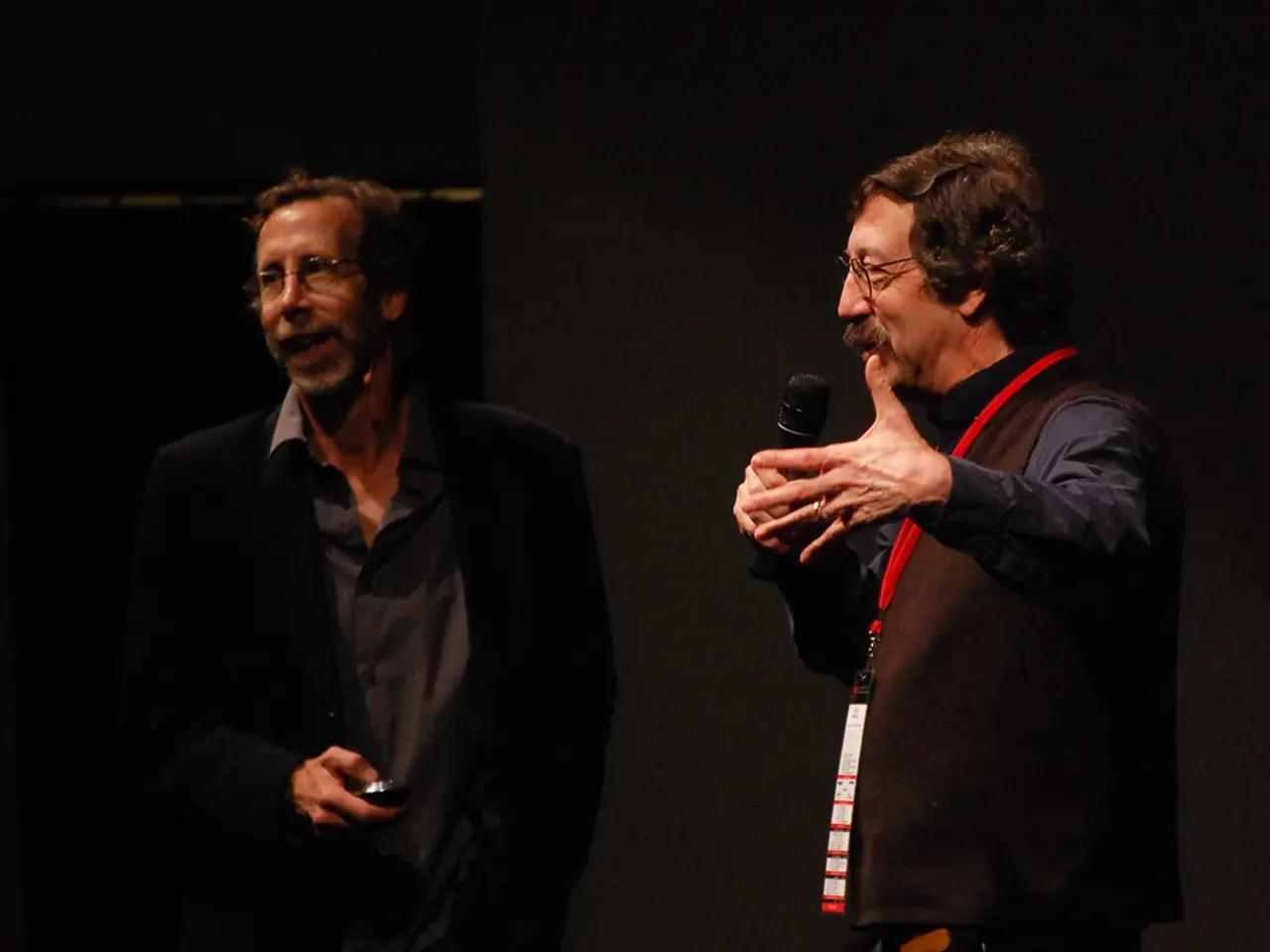Why does Cambodia persist in its conflict, despite losing it?
==================================================================================
In the digital age, a new propaganda technique known as the "Firehose of Falsehood" has emerged, causing concern in the realm of political discourse. This strategy, characterised by rapid, repetitive, and continuous broadcasting of a large volume of messages over multiple channels, is being effectively employed by Cambodia's leadership.
Cambodia, with approximately 75,000 active-duty soldiers and around 200 tanks, finds itself in a military standoff with its neighbour, Thailand, which boasts 130,000 professional troops, over 100,000 conscripts, 400 tanks, a modern air force, and a navy with clear superiority [1]. Despite heavy losses and no prospect of long-term strategic gains, Cambodia's leadership continues military operations, suggesting a different kind of victory is sought.
The Firehose of Falsehood strategy is employed to create a perception of authenticity while fuelling distrust in mainstream news sources, and to overwhelm the public sphere with an overwhelming volume of information, making it increasingly difficult for consumers to distinguish between truth and fabrication [2]. This strategy is particularly effective among foreign audiences unfamiliar with the regional context, and Cambodia's leadership excels at pushing these messages through social media platforms.
The content under this strategy is crafted to provoke strong emotional reactions, often exploiting the fast-paced nature of social media and 24/7 news cycles. The aim is to be first rather than correct, which erodes nuanced understanding and polarizes public opinion [5]. The tactic contributes to deeper political polarisation, declining public trust in institutions, and a fragmented understanding of shared reality.
Originating from Soviet propaganda techniques, the Firehose of Falsehood model was developed by researchers at the RAND Corporation to describe Russian state propaganda. It has also been notably associated with political communication by Donald Trump, who used persistent repetition of falsehoods as part of his strategy [1].
In the ongoing border tensions with Thailand, the Firehose of Falsehood strategy has been used effectively by Cambodia's leadership to project an image of military struggle and national suffering as propaganda, portraying themselves as victims of aggression by a more powerful country.
The proliferation of deepfake technology has given rise to the "liar's dividend," where political figures can dismiss damaging revelations as "fake news" or AI-generated fabrications. This makes it increasingly challenging to counter the Firehose of Falsehood strategy, but recommended responses include preemptive dissemination of accurate information, strategic removal or reduction of misinformation, and enhancing digital literacy among the public to better evaluate sources [1].
Even professional lobbying firms have been instrumental in disseminating false information, promoting Cambodia's image abroad. The tactic poses a serious challenge to constructive public discourse and meaningful civic engagement, underscoring the need for vigilance and critical thinking in the digital age.
References:
[1] Allcott, H., & Gentzkow, M. (2017). Social Media and Fake News in the 2016 Election. Journal of Economic Perspectives, 31(2), 211-230.
[2] Shiffrin, L. (2018). The Firehose of Falsehood: Social Media and Political Polarization in America. Harvard University Press.
[3] Howard, P. N., & Hussain, M. (2018). The Weaponization of Social Media: Kremlin Information Operations 2014-2017. The Brookings Institution.
[4] RAND Corporation. (2016). Information Warfare and Russian Social Media: Implications for U.S. Policy, Analysis, and Operations.
[5] Levy, D., & Lotan, Y. (2017). The Weaponization of Social Media: Information Operations in the Digital Age. The Atlantic Council.
- The use of deepfake technology in conjunction with the Firehose of Falsehood strategy makes it more challenging for people to discern truth from fabrication, creating potential issues in international politics and general-news discourse.
- Despite the proliferation of the Firehose of Falsehood strategy by Cambodia's leadership, there are recommended responses such as preemptive dissemination of accurate information, strategic removal or reduction of misinformation, and enhancing digital literacy amongst the public.
- The Firehose of Falsehood strategy is not solely limited to Cambodia's political discourse; it has also been applied in other contexts like war-and-conflicts and international relations, causing concern in promoting constructive public discourse and meaningful civic engagement.








